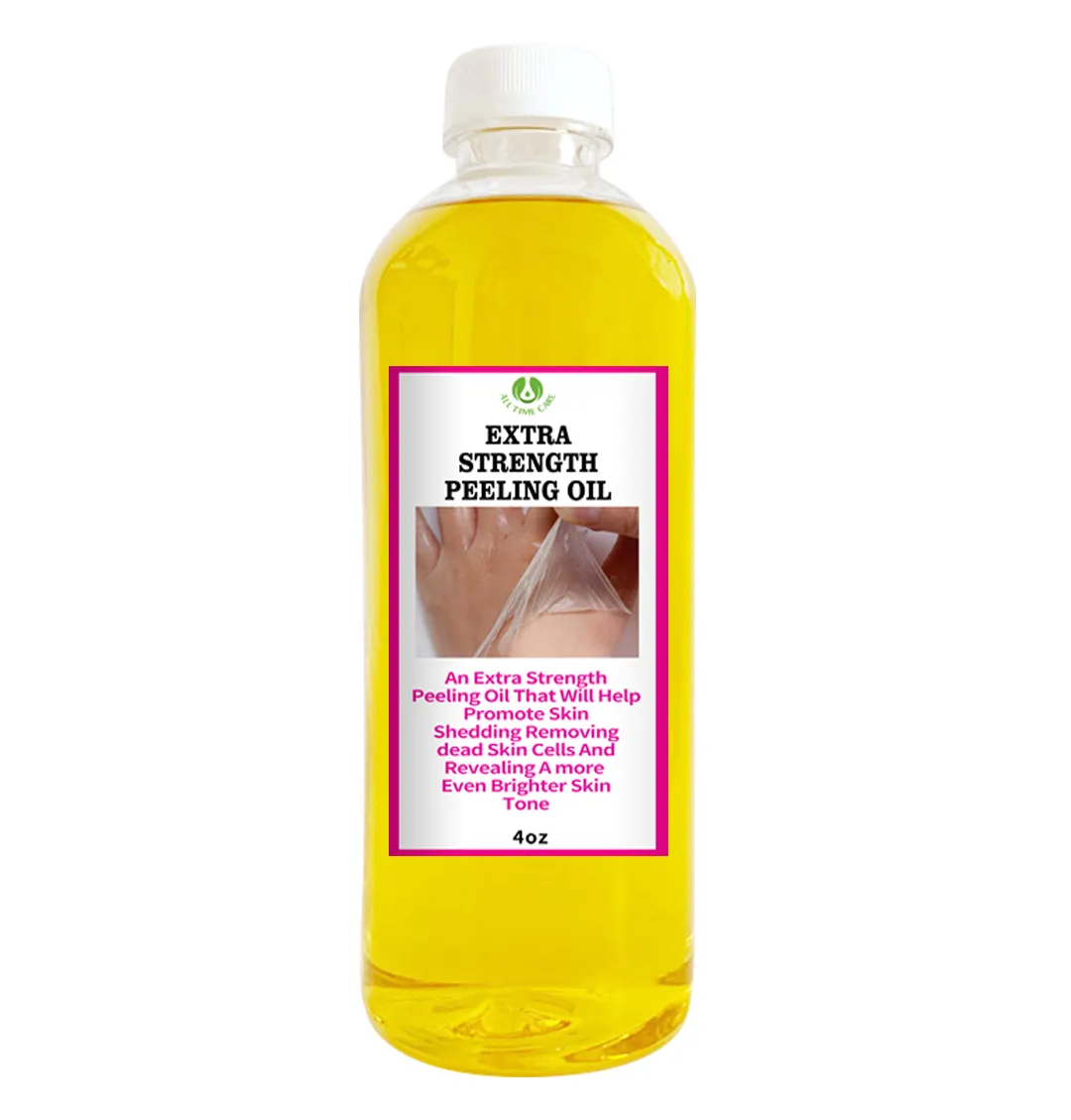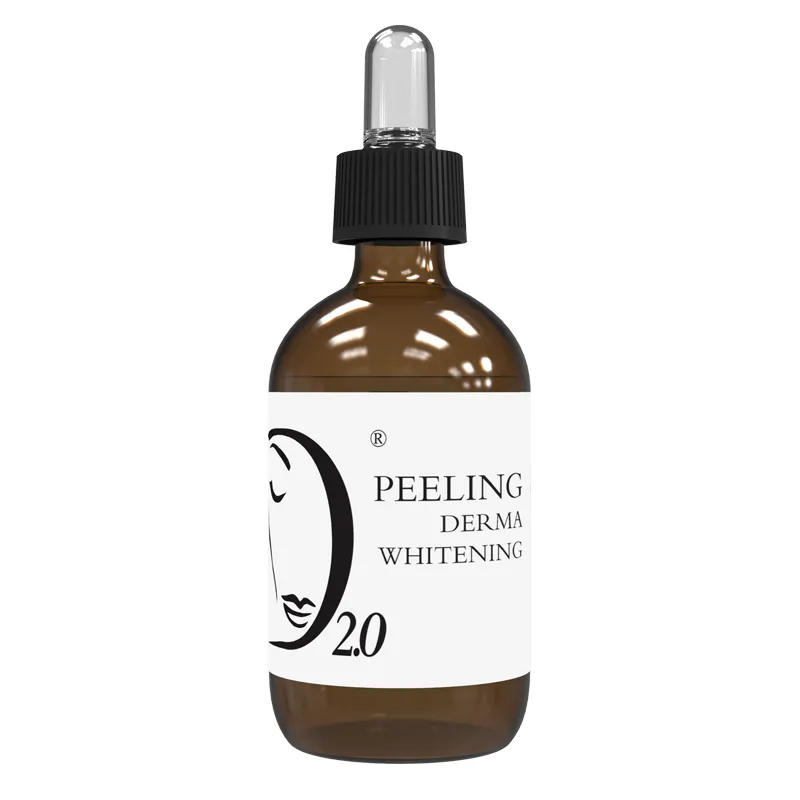Understanding Whitening Peeling Oil
Whitening peeling oil has become a popular method for achieving brighter and more even-toned skin. This guide will delve into the world of whitening peeling oils, providing you with the knowledge needed to use them safely and effectively. From understanding what these oils are to learning about the proper application techniques and aftercare, this article serves as your comprehensive resource. Whether you’re a skincare novice or a seasoned enthusiast, this guide will equip you with the insights necessary to make informed decisions and unlock the potential of whitening peeling oil for radiant skin. Remember that achieving desired results requires patience and consistency, as well as careful attention to your skin’s unique needs.
What is Whitening Peeling Oil?
Whitening peeling oil is a concentrated skincare product designed to exfoliate the skin and promote cell turnover. It typically contains a blend of acids that work to remove the top layers of the skin, revealing the fresher, brighter skin underneath. These oils often include ingredients like glycolic acid, lactic acid, or other chemical exfoliants that help to lighten dark spots, reduce hyperpigmentation, and improve overall skin texture. The effectiveness of whitening peeling oil lies in its ability to penetrate the skin and encourage the shedding of dead cells, leading to a more even skin tone and a radiant complexion. Always research the ingredients and their concentrations before use to avoid adverse reactions and ensure that it aligns with your skin’s specific needs.
How Whitening Peeling Oil Works

The mechanism behind whitening peeling oil involves the chemical exfoliation of the skin. The active ingredients, typically acids, work by breaking down the bonds between the skin cells, causing the outer layers to shed. This process stimulates the production of new skin cells, which helps to diminish the appearance of dark spots, acne scars, and uneven skin tone. The degree of exfoliation and the resulting effects depend on the concentration of the active ingredients and the duration of application. As the old skin cells are removed, the skin’s natural radiance is revealed, resulting in a smoother, brighter complexion. Regular and careful use, along with proper aftercare, is key to maximizing the benefits and minimizing potential risks. Consult with a dermatologist to determine if this is the correct method for your skin type.
Benefits of Using Whitening Peeling Oil
Whitening peeling oil offers several advantages for those seeking to improve their skin’s appearance. When used correctly, these oils can be a powerful tool in your skincare arsenal. From brightening the skin to addressing specific concerns such as dark spots and uneven texture, the benefits are numerous. However, it’s important to remember that results can vary depending on individual skin types, the concentration of the oil, and the consistency of use. In addition to the visible improvements in skin tone and texture, regular application may also enhance the absorption of other skincare products, allowing them to work more effectively. Always follow the instructions, and perform a patch test before applying all over your face.
Skin Brightening and Even Tone
One of the primary benefits of whitening peeling oil is its ability to brighten the skin and promote a more even complexion. By removing the top layers of dead skin cells, the oil reveals the fresher, brighter skin underneath. This can lead to a noticeable improvement in overall skin tone and a reduction in dullness. Ingredients like glycolic acid and lactic acid are particularly effective in achieving this brightening effect. The exfoliating action of the oil helps to stimulate cell turnover, which encourages the production of new, healthy skin cells. The result is skin that looks more radiant, vibrant, and healthy. Consistent use of these oils will help you maintain the brightness and evenness that you desire.
Reduction of Dark Spots and Hyperpigmentation

Whitening peeling oil is often used to target dark spots, sunspots, and hyperpigmentation. The acids in the oil help to break down the melanin that causes these discolorations, gradually lightening their appearance. Over time, with regular use, the oil can significantly reduce the visibility of these spots, leading to a more uniform skin tone. The exfoliating action also helps to remove the build-up of dead skin cells that can contribute to the appearance of dark spots. Remember that it is crucial to protect your skin from sun exposure while using the oil, as sun exposure can worsen hyperpigmentation. Combining the use of the oil with sunscreen can boost the results and help you reach your goal.
Improved Skin Texture
In addition to brightening and evening skin tone, whitening peeling oil can also improve skin texture. The exfoliating action helps to smooth the skin by removing dead cells and promoting cell turnover. This can result in a reduction in the appearance of fine lines, wrinkles, and other textural imperfections. The oil can also help to unclog pores, which can lead to a reduction in acne breakouts and blackheads. With consistent use, your skin will feel smoother, softer, and more refined. Moreover, the enhanced cell turnover can encourage the production of collagen, which helps to keep your skin firm and youthful-looking. If you want to improve your skin’s texture, this is the way to go.
How to Apply Whitening Peeling Oil
Applying whitening peeling oil requires care and precision to ensure the best results while minimizing potential risks. Properly preparing your skin and following a step-by-step application guide can help you achieve a more radiant complexion. Understanding the aftercare and maintenance protocols is just as important, as they play a crucial role in the healing and rejuvenation process. Remember that individual skin types and sensitivities may vary, so it is imperative to perform a patch test before applying the oil to your entire face. This will enable you to ascertain your skin’s reaction and adjust your application accordingly. Before incorporating a new skincare product into your routine, seek guidance from a dermatologist or skincare expert.
Preparation Before Application

Before applying whitening peeling oil, it is essential to prepare your skin properly. Begin by cleansing your face with a gentle, pH-balanced cleanser to remove any makeup, dirt, or oil. Avoid using harsh scrubs or exfoliants prior to application, as this can increase skin sensitivity. Ensure your skin is completely dry before applying the oil. Consider performing a patch test on a small area of your skin, such as behind your ear or on your jawline, to assess your skin’s reaction to the oil. Wait 24-48 hours to check for any adverse reactions, such as redness, irritation, or burning. If you experience any of these, it’s advisable to discontinue use and consult with a dermatologist. Proper preparation is key to maximizing the benefits and minimizing the risk of side effects.
Step-by-Step Application Guide
- Cleanse and dry your face thoroughly. 2. Using a cotton swab or your fingertips, apply a thin, even layer of whitening peeling oil to the desired areas of your face, avoiding the sensitive areas around the eyes and mouth. 3. Follow the instructions provided with the oil regarding the application time, which can range from a few minutes to a couple of hours. 4. Once the application time is up, rinse your face thoroughly with cool water. 5. Gently pat your skin dry with a soft towel. 6. Apply a soothing, hydrating moisturizer. 7. Use sunscreen with a high SPF every day during the day. It is recommended to begin with shorter application times and gradually increase them as your skin tolerates the oil. Always consult the product instructions for specific guidance.
Aftercare and Maintenance
After applying whitening peeling oil, proper aftercare is crucial for optimal results and to minimize potential side effects. Immediately after rinsing, apply a gentle, hydrating moisturizer to soothe and hydrate your skin. Avoid using harsh products, such as those containing alcohol or strong fragrances, for several days after application. Protect your skin from sun exposure by wearing a broad-spectrum sunscreen with a high SPF every day. Consider limiting your time in direct sunlight and wearing protective clothing. Stay hydrated by drinking plenty of water to support skin healing. You may experience some peeling, redness, or flaking in the days following the treatment. These are normal and should subside within a week or two. If you have any questions or concerns, consult with your dermatologist or skincare professional.
Essential Tips for Safe Whitening Peeling Oil Use

Using whitening peeling oil safely involves several key considerations. Choosing the right oil for your skin type, conducting a patch test, and being aware of potential side effects are all essential steps. By understanding these factors, you can minimize risks and maximize the benefits of the treatment. Always follow the product instructions carefully, and do not hesitate to consult with a dermatologist or skincare expert if you have any concerns. The right approach will help you achieve radiant skin.
Choosing the Right Whitening Peeling Oil
Selecting the right whitening peeling oil is crucial for achieving the desired results without causing adverse reactions. Consider your skin type; for example, if you have sensitive skin, opt for a formula with a lower concentration of acids or one specifically designed for sensitive skin. Read the ingredient list carefully, looking for key ingredients such as glycolic acid, lactic acid, or mandelic acid, which are common in these oils. Research the brand and read reviews from other users to assess their experiences and determine the product’s efficacy and safety. Start with a milder formula and gradually increase the strength as your skin adapts. Consulting with a dermatologist can help you determine the best oil for your unique skin needs.
Patch Testing and Sensitivity
Before applying whitening peeling oil to your entire face, always perform a patch test. Apply a small amount of the oil to a discreet area, such as behind your ear or on your jawline. Wait 24-48 hours to check for any signs of irritation, redness, itching, or burning. If you experience any adverse reactions, discontinue use immediately. If no adverse effects are observed, you can proceed with applying the oil to your face, following the product instructions carefully. Patch testing helps to assess your skin’s sensitivity and reduces the risk of a more severe reaction. Remember that even products labeled for sensitive skin can cause irritation for some individuals, so it is always better to be safe than sorry.
Potential Side Effects and How to Manage Them

Whitening peeling oil can cause a range of side effects, from mild to more serious. Common side effects include redness, stinging, burning, and peeling. In some cases, you might experience temporary hyperpigmentation or hypopigmentation. To manage these side effects, start with a shorter application time and gradually increase it as your skin tolerates the oil. Use a gentle, hydrating moisturizer to soothe your skin and reduce irritation. Always use sunscreen with a high SPF to protect your skin from sun damage, which can worsen side effects. If you experience severe reactions, such as blistering, severe pain, or widespread irritation, seek medical attention immediately. By understanding the potential side effects and taking appropriate precautions, you can use whitening peeling oil safely and effectively.
Comparing Whitening Peeling Oil with Other Treatments
When it comes to skin whitening and rejuvenation, several treatment options are available, including chemical peels and laser treatments. Understanding the differences between whitening peeling oil and these alternatives can help you choose the best option for your needs. Consider factors like cost, downtime, effectiveness, and potential side effects when making your decision. Consulting with a dermatologist or skincare professional is the best way to receive a personalized recommendation. Your skin type and goals will determine which treatment is best for you.
Whitening Peeling Oil vs. Chemical Peels
Chemical peels are a more intensive form of exfoliation, often performed by dermatologists or licensed professionals. They use a higher concentration of acids to penetrate deeper into the skin layers than whitening peeling oil. Chemical peels can provide more dramatic results, but they also come with a longer recovery time and a higher risk of side effects. Whitening peeling oil, on the other hand, is typically a milder treatment that can be used at home. While the results may be less dramatic, the convenience and lower cost make it an attractive option for many individuals. The choice between the two depends on your desired level of intensity and your tolerance for downtime and risk. The chemical peel gives a more immediate result.
Whitening Peeling Oil vs. Laser Treatments

Laser treatments use focused light energy to target specific skin concerns, such as dark spots, wrinkles, and uneven skin tone. These treatments are usually performed by dermatologists and offer precise control over the treatment area. They can provide significant results but can be expensive and require multiple sessions. Whitening peeling oil offers a more affordable and accessible option for those seeking to improve their skin. Laser treatments typically have a shorter recovery time than chemical peels, but they still require some downtime and aftercare. The choice between laser treatments and whitening peeling oil depends on your budget, your desired level of precision, and your willingness to undergo more invasive procedures. Laser treatment gives the most long-lasting result.
Conclusion
Whitening peeling oil can be a powerful tool for achieving radiant skin when used correctly. By understanding how it works, the benefits it offers, and how to use it safely, you can make informed decisions and incorporate it into your skincare routine effectively. Always remember to choose the right oil for your skin type, perform a patch test, and follow the product instructions carefully. Proper aftercare, including hydration and sun protection, is crucial for maximizing the benefits and minimizing potential side effects. While it may not be suitable for everyone, whitening peeling oil can be a valuable part of your skin care to help you reach your goals.
